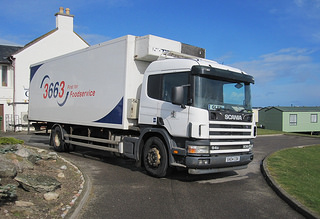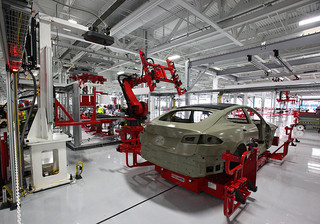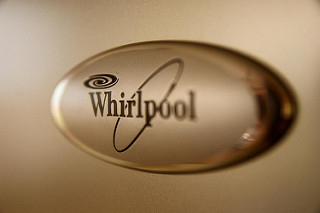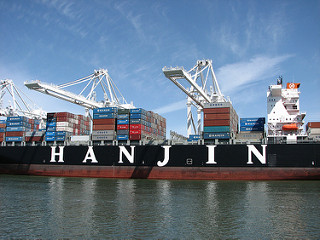How Leading Companies Manage the Delicate Cold Chain

Perishables cause a headache for supply chains because of the need for refrigeration. However, consumers want fresh foods and companies must learn how to deliver with a cold chain to stay competitive. Let’s take a look at the delicate balance companies must achieve between costs, regulations, and speed.
The biggest challenge companies face when implementing a cold chain is constant temperature control. It’s easy to buy refrigerated trucks, but it’s not easy keeping food cold when unloading to stores or transferring to different trucks along the supply chain. The Food Safety Modernization Act requires all fresh food products to remain in refrigerated units under 40 degrees, and that temperature must be maintained along the entire supply chain.
New innovations in trucks are making it easier for companies to maintain the necessary temperatures. For instance, refrigerated trucks that use fuel cells don’t require as much fuel to keep temperatures constant. There are still initial setup costs for buying trucks or acquiring logistics services, but the cost of managing a cold chain is going down. Improvements are expected in the future.
Keeping Costs Down
Fresh food deteriorates rapidly, meaning that timely delivery is critical. However, expedited transportation is very costly, especially when implemented on a large scale. Even minor delays can cause thousands of dollars in spoiled food. Therefore, companies must figure out how to deliver refrigerated goods quickly without driving their costs up too high.
In general, consumers are willing to pay more money for fresh food, but companies should still look for ways to keep cold chain costs down to make more profit and transfer savings to customers. Cold chain costs add up quickly when you consider the cost of refrigerated delivery units and the need for fast delivery. Plus, additional training is required for employees that handle perishables.
Tracking and Reporting
Another challenge of the cold chain is tracking and reporting. Companies must prove that they have maintained constant temperatures and handled food appropriately with the proper documentation. Recent food illness outbreaks are causing consumers to demand more knowledge about where their food came from and how it was handled along the supply chain. The Food and Drug Administration (FDA) requires a minimal amount of documentation to prove safety.
Tracking and reporting goes beyond temperature logs. Companies must also track how long it takes to unload food, how long they were on the road, and who handled the food along the way. Industry leaders like Sysco have learned firsthand that it’s important to create best-in-class processes for tracking and reporting all of this information or face fines. It’s a necessary and very important component of the cold chain.
If you’re interested in adding a cold chain division to your supply chain, consider these factors on how to delicately manage refrigerated units. Your cold chain can be very profitable if you set it up the right way from the beginning.







